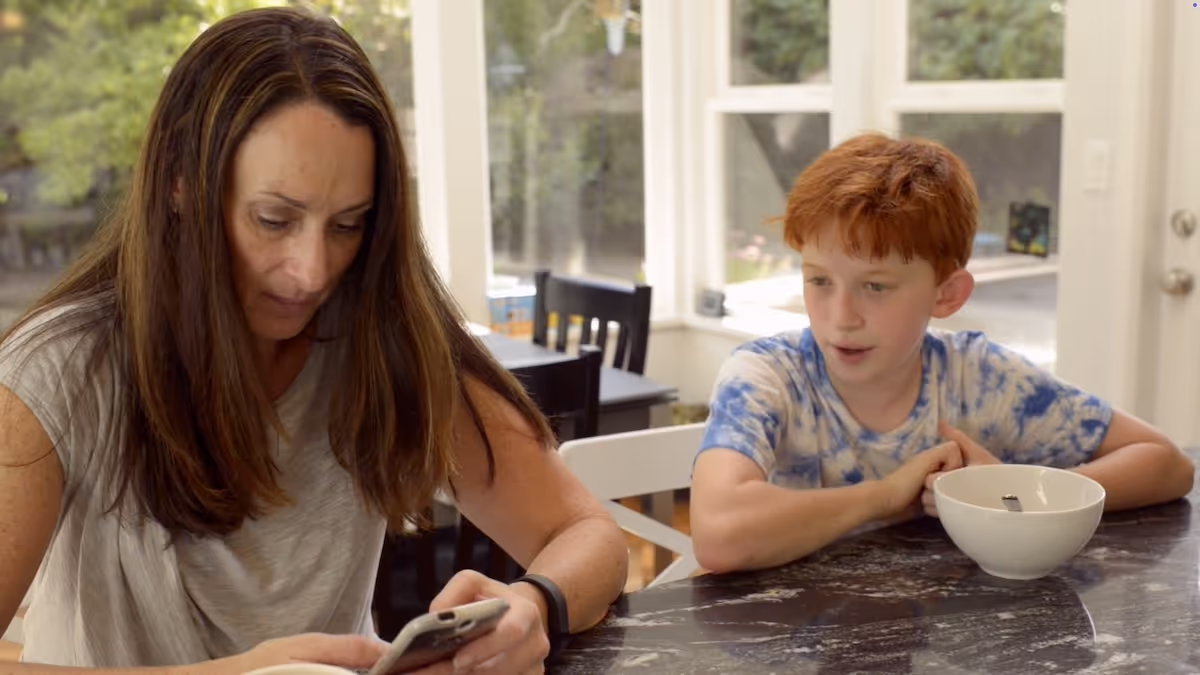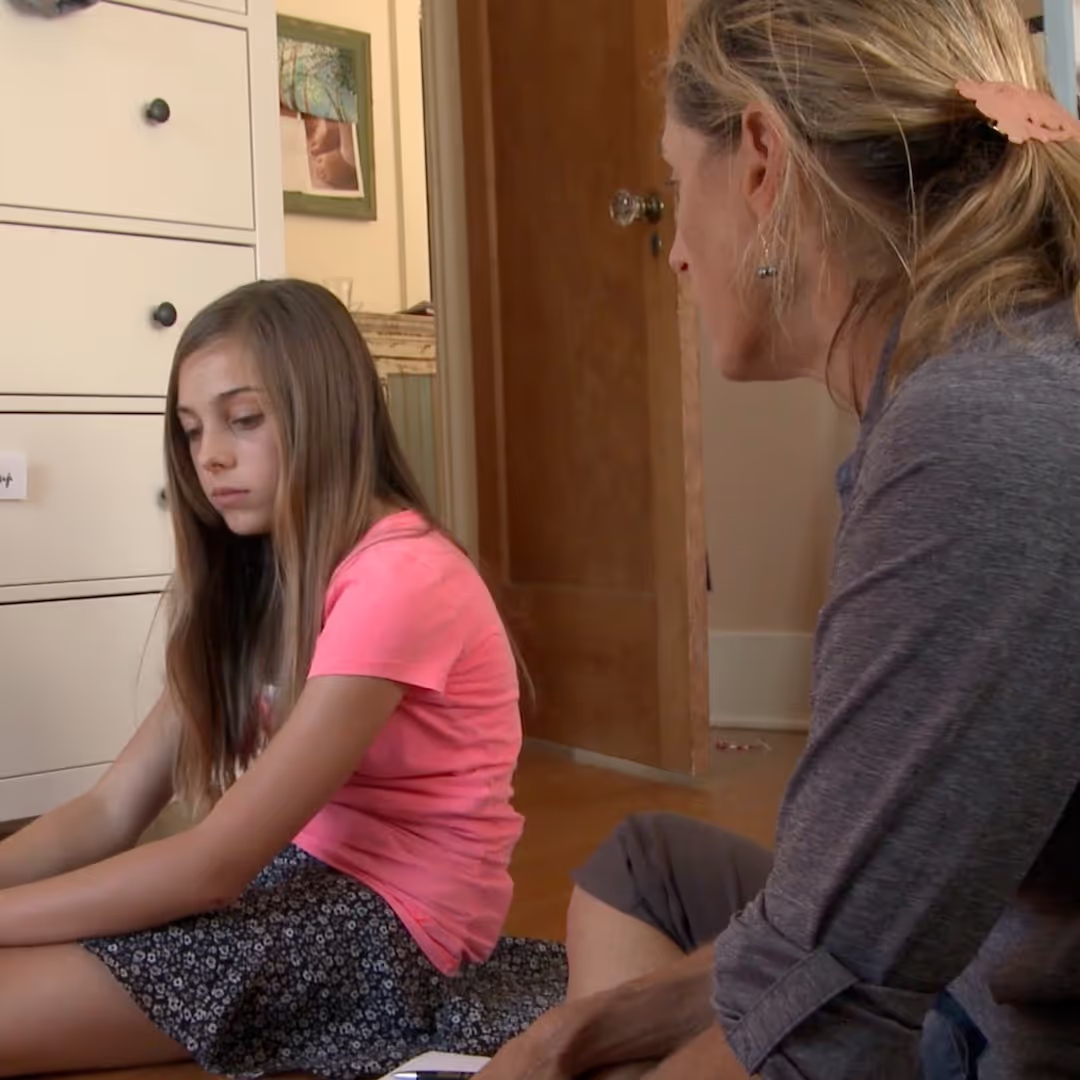



Our children’s young eyes are taking in all kinds of media and messaging with little skill on how to make sense of what they are seeing.
A major survey of youth age 8 to 18 found that of the total amount of time youth spend on screens the majority is spent watching stuff (movies, TV, Netflix, YouTube videos ). That makes up 40% of their time on screens. Meanwhile, another 30% of kids' screen time is spent playing video games and scrolling through the internet. That is a lot of imagery, messaging and subject matter being passively delivered to and consumed by our children. (The last big chunk, 30% is spent on communication, i.e., social media and such).
Growing up in the 70s and 80s there was a lot of discussion about media literacy classes, but surprisingly I never came across one until I was attending Stanford Medical School. While there, I ventured beyond medicine to take a fantastic media literacy class at Stanford University where I learned to decode media messages. For example, the teacher showed us magazine clips of women in ads who were lounging on couches and being idle while men in the ads were doing things like sailing boats or other active pursuits. We were asked to think critically and ask questions such as “How might people interpret the message?” or "How can this message help or harm a group of people?”
I suggest starting a conversation with your kids about media literacy at the dinner table. The National Association of Media Literacy’s downloadable free guide for parents is a great resource. Talk to them about questioning what they see when they view ads and social media posts, watch YouTube videos, play games and more. For Tech Talk Tuesday, here are some specific questions to ask your children and yourselves about their favorite content:
As well as our weekly blog, we publish videos like this one every week on the Screenagers YouTube channel
Learn more about showing our movies in your school or community!
Join Screenagers filmmaker Delaney Ruston MD for our latest Podcast

Learn more about our Screen-Free Sleep campaign at the website!
Our movie made for parents and educators of younger kids
Learn more about showing our movies in your school or community!
Learn more about showing our movies in your school or community!
Join Screenagers filmmaker Delaney Ruston MD for our latest Podcast

Learn more about our Screen-Free Sleep campaign at the website!
Our movie made for parents and educators of younger kids
Join Screenagers filmmaker Delaney Ruston MD for our latest Podcast
As we’re about to celebrate 10 years of Screenagers, we want to hear what’s been most helpful and what you’d like to see next.
Please click here to share your thoughts with us in our community survey. It only takes 5–10 minutes, and everyone who completes it will be entered to win one of five $50 Amazon vouchers.

Our children’s young eyes are taking in all kinds of media and messaging with little skill on how to make sense of what they are seeing.
A major survey of youth age 8 to 18 found that of the total amount of time youth spend on screens the majority is spent watching stuff (movies, TV, Netflix, YouTube videos ). That makes up 40% of their time on screens. Meanwhile, another 30% of kids' screen time is spent playing video games and scrolling through the internet. That is a lot of imagery, messaging and subject matter being passively delivered to and consumed by our children. (The last big chunk, 30% is spent on communication, i.e., social media and such).
Growing up in the 70s and 80s there was a lot of discussion about media literacy classes, but surprisingly I never came across one until I was attending Stanford Medical School. While there, I ventured beyond medicine to take a fantastic media literacy class at Stanford University where I learned to decode media messages. For example, the teacher showed us magazine clips of women in ads who were lounging on couches and being idle while men in the ads were doing things like sailing boats or other active pursuits. We were asked to think critically and ask questions such as “How might people interpret the message?” or "How can this message help or harm a group of people?”
I suggest starting a conversation with your kids about media literacy at the dinner table. The National Association of Media Literacy’s downloadable free guide for parents is a great resource. Talk to them about questioning what they see when they view ads and social media posts, watch YouTube videos, play games and more. For Tech Talk Tuesday, here are some specific questions to ask your children and yourselves about their favorite content:
As well as our weekly blog, we publish videos like this one every week on the Screenagers YouTube channel
Sign up here to receive the weekly Tech Talk Tuesdays newsletter from Screenagers filmmaker Delaney Ruston MD.
We respect your privacy.

Our children’s young eyes are taking in all kinds of media and messaging with little skill on how to make sense of what they are seeing.
A major survey of youth age 8 to 18 found that of the total amount of time youth spend on screens the majority is spent watching stuff (movies, TV, Netflix, YouTube videos ). That makes up 40% of their time on screens. Meanwhile, another 30% of kids' screen time is spent playing video games and scrolling through the internet. That is a lot of imagery, messaging and subject matter being passively delivered to and consumed by our children. (The last big chunk, 30% is spent on communication, i.e., social media and such).
Growing up in the 70s and 80s there was a lot of discussion about media literacy classes, but surprisingly I never came across one until I was attending Stanford Medical School. While there, I ventured beyond medicine to take a fantastic media literacy class at Stanford University where I learned to decode media messages. For example, the teacher showed us magazine clips of women in ads who were lounging on couches and being idle while men in the ads were doing things like sailing boats or other active pursuits. We were asked to think critically and ask questions such as “How might people interpret the message?” or "How can this message help or harm a group of people?”
I suggest starting a conversation with your kids about media literacy at the dinner table. The National Association of Media Literacy’s downloadable free guide for parents is a great resource. Talk to them about questioning what they see when they view ads and social media posts, watch YouTube videos, play games and more. For Tech Talk Tuesday, here are some specific questions to ask your children and yourselves about their favorite content:
As well as our weekly blog, we publish videos like this one every week on the Screenagers YouTube channel


Parenting in this digital age is full of challenges. I imagine many of you are nodding in agreement. And when we look for advice online, it can feel like a sea of perfect experts with perfect advice: “Just follow these three easy steps and everything will fall into place.” In this week’s blog, I share a story about a moment with my daughter Tessa that did not go quite as planned but ended up teaching us both something important.
READ MORE >
Wow! Summer really goes by fast, doesn’t it? Back-to-school is already here for some and not far away for others. Ahead of this school year, I’ve hand-picked four of our most useful blogs. Practical, timely guides to help you set your family up for a healthier, more balanced relationship with technology in the months ahead.
READ MORE >for more like this, DR. DELANEY RUSTON'S NEW BOOK, PARENTING IN THE SCREEN AGE, IS THE DEFINITIVE GUIDE FOR TODAY’S PARENTS. WITH INSIGHTS ON SCREEN TIME FROM RESEARCHERS, INPUT FROM KIDS & TEENS, THIS BOOK IS PACKED WITH SOLUTIONS FOR HOW TO START AND SUSTAIN PRODUCTIVE FAMILY TALKS ABOUT TECHNOLOGY AND IT’S IMPACT ON OUR MENTAL WELLBEING.
